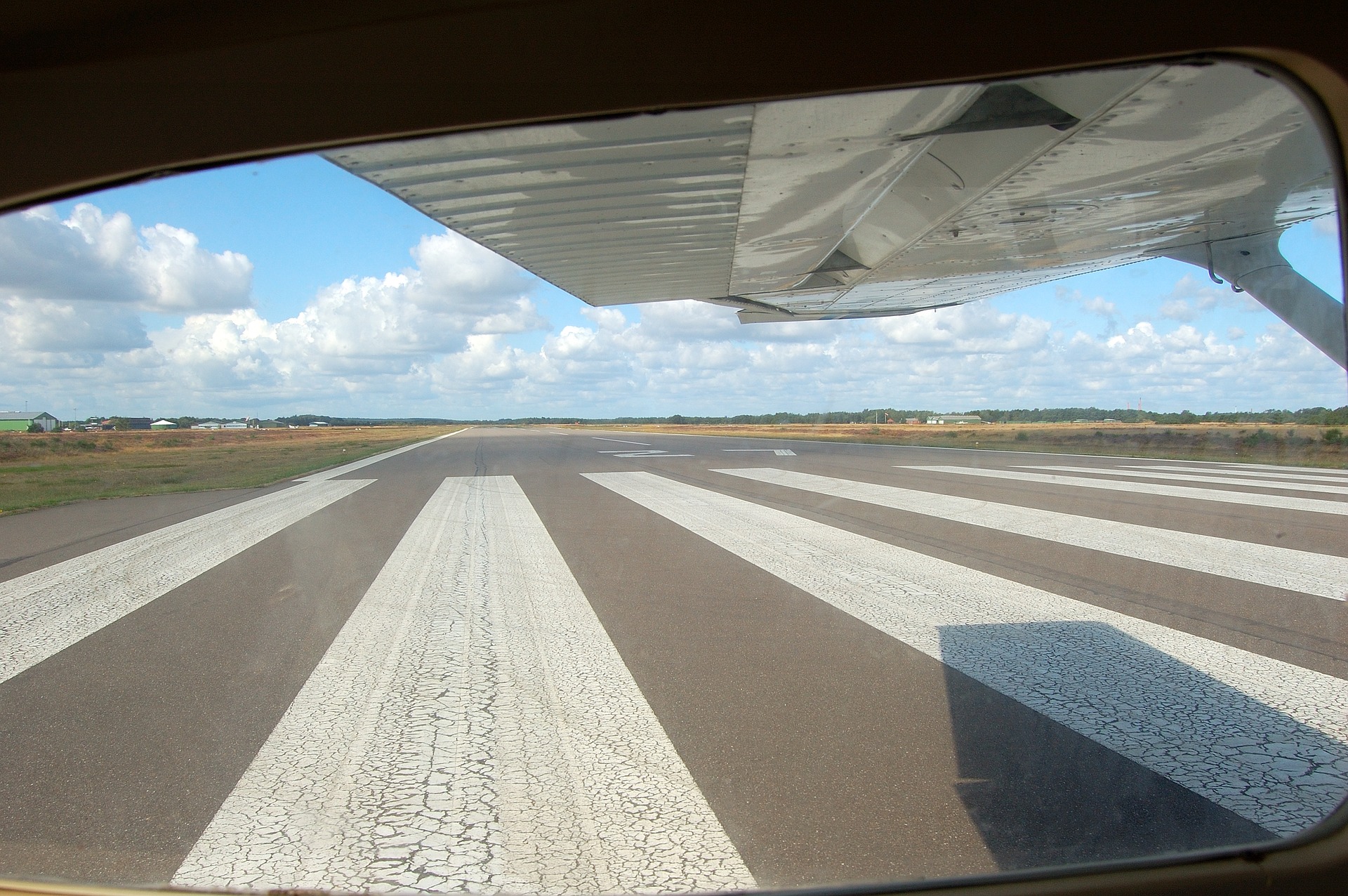
The General Aviation Safety Campaign (GASC) was established in June 2017 and since has endeavoured to identify the most common contributory factors in aviation accidents. The GASC created working groups to look to key areas and phases of flight that were particularly hazardous. The GASC divided into nine working groups addressing various areas of interest.
The result of these working groups identified that major contributors of fatal aviation accidents are caused by in-flight loss of control. The more interesting thing is these accidents usually occur during a few critical phases of flight: you guessed it – when you’re at a lower altitude and don’t have enough time to recover.
Some of the specifics of their findings can be found on Transport’s website here.
Most loss of control (LOC) accidents ocour during the arrival phase of flight, the base to final turn and on final. Over 20 years of similar research in the U.S. has aligned with these findings. Stalling the aircraft near the ground is very dangerous. One particular area of interest was the topic of stabilized approaches. Transport Canada listened, and has now incorporated the testing of stabilized approaches for the RPL, PPL, CPL and multi-engine flight tests.

The new flight test guidelines will be incorporated into the Flight Test Guides on March 1, 2019. They’ll be available on the Transport Canada website then for download. IFR tests already have this criteria in place, but it will be new for all other flight tests.
The testing involves ensuring the pilot understands what constitutes a stabilized approach. We’ve always been instructed on what makes a stabilized approach during training, the only difference now is it will be a formally and officially tested skill. So what does it mean to have a stabilized approach? Our instructors have always maintained that a good approach results in a good landing. It’s all part of safety and to make our passengers more comfortable.
One thing that comes to mind is to state at a specific point in the approach is checking in on a specific point in the approach, say 200 AGL, whether your approach is :stable.” Have you reached your target airspeed and are you flying the attitude? Have you chosen your final flap setting, if applicable? Do you have your wind inputs in, if you face a crosswind? Is the runway clear? If you’re not stabilized according to the criteria set out in the guide, you’ll be expected to initiate an overshoot.
Things we’ve always done, but now will be officially tested on.
Look for your next handy flight test guide from Transport Canada here.



